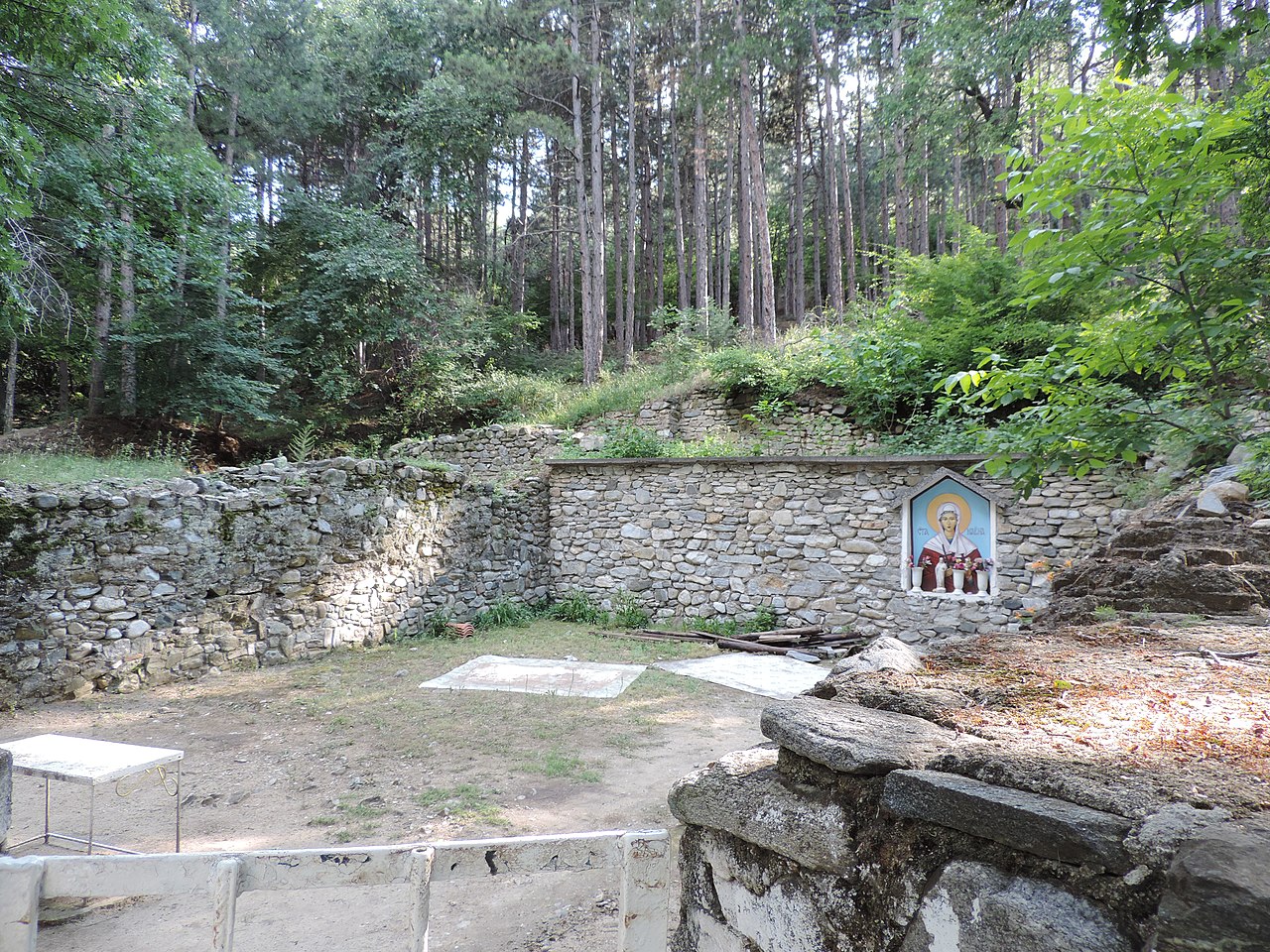Today we present you an intimate story by one of the participants at the first edition of Wiki Loves Earth in Bulgaria in 2015 – Spasimir Pilev – who visited a number of protected areas in order to donate pictures of them to Wikimedia.
Thanks to its geographical position, Bulgaria has exceptionally rich and beautiful nature. Most interesting for me are the still well conserved ecosystems in the bordering mountains – Strandzha (bordering Turkey), Slavyanka (called also “Ali Botush”, bordering Greece), Belasica (bordering Greece and Republic Macedonia), Osogovo (bordering Republic Macedonia) and Ruy (bordering Serbia). While Bulgaria was part of the Eastern Bloc, these mountains fell in the 30-kilometre-wide border zone which required a special permission to get in. This is one of the reasons why nature has remained almost untouched by humans for decades.
During last year’s Wiki Loves Earth photo contest, in June, I decided to visit some protected nature reserves and areas in the inner parts of the country. My most visited destinations were the Sredna Gora and the West Rhodope Mountains.
My first trip was to the Eledzhik protected area, which is situated in the Ihtiman part of Sredna Gora and has an area of 668 ha. It contains protected fagus sylvatica forests. A starting point for the journey is the abandoned train station Nemirovo, named after the Bulgarian writer from the beginning of the 20th century Dobri Nemirov. The beginning of June is a wonderful time for taking pictures – the forest is green already, and many of the bushes are still in blossom. Wild strawberries have started to ripen. A few times I heard running hares near the river.
During the following two or three weeks, I travelled to four less known protected areas, aiming to take pictures which would be suitable for illustrating Wikipedia articles. These areas are situated in the Western Rhodope Mountains. Some of them, as many other protected areas in Bulgaria, were historical sites in the past. In most of the cases, they are related to the Bulgarian resistance movement during World War II. Often the names of the protected areas in Bulgaria are very interesting. In the Western Rhodope Mountains I reached “Koritata” (The Trays) and “Ezeroto” (The Lake) where the object of preservation is their characteristic landscape; “Sveti Georgi”, which was created for protecting a natural field of summer snowflake (Leucojum aestivum) and “Marina” in which there are protected centuries-old sessile oaks. At the beginning it was declared a nature site, but later it was re-categorised as a protected area. Interesting are the still preserved foundations of a church from the Early Middle Ages, dedicated to St. Marina. Again thanks to the contest “Wiki Loves Earth”, I learned that these protected areas are part of a larger territory from a protected zone named “Yadenica” of the ecological network of the European Union Natura 2000 according to the Council Directive 92/43/EEC of 21 May 1992 on the conservation of natural habitats and of wild fauna and flora.
In some parts of the declared protected areas, endemic and relict species are preserved.
For my birthday, several days after the end of the competition, I made myself the present of climbing the highest peak of the tenth highest mountain in Bulgaria – the Big Bogdan peak in the Sredna Gora mountain. It belongs to the Bogdan reserve where oak forests of average age of 150 years are preserved.
For the rest of the days I had the good motivation to upload pictures from previous years to Wikimedia Commons – from the protected areas in Pirin, Balkan Mountains, Belasica, Rhodope Mountains. Many of them were used for illustrating numerous articles.
All of those protected areas – national parks, nature parks, reserves, protected areas, nature sights, protected “Natura 2000” zones – are of crucial importance for the preservation of nature and us, humans. Travelling with motor vehicles, hunting, and cutting down trees are forbidden, and walking is only permitted along the marked paths. This is important for Wikipedia, too, because the more is known about the importance of these unique areas, the bigger is the possibility to get a clear notion that they are of great importance for humans’ life, too, and thus help for their preservation.



I have a Bulgarian friend who told me that there was a beautiful nature and animals but not as imagined beauty junta in that country.